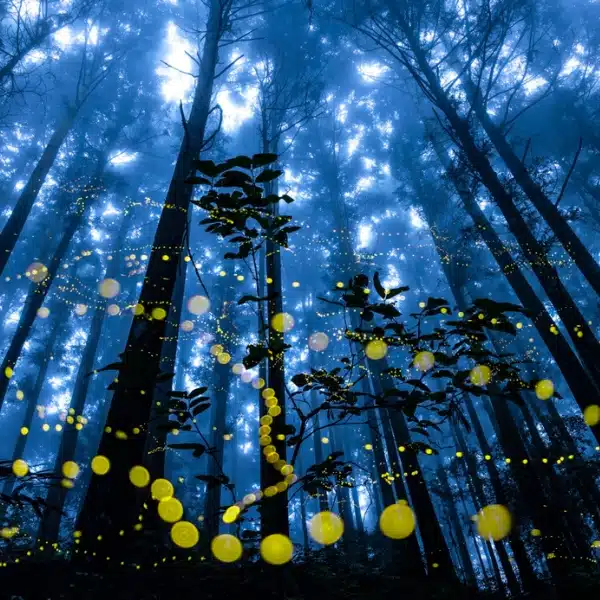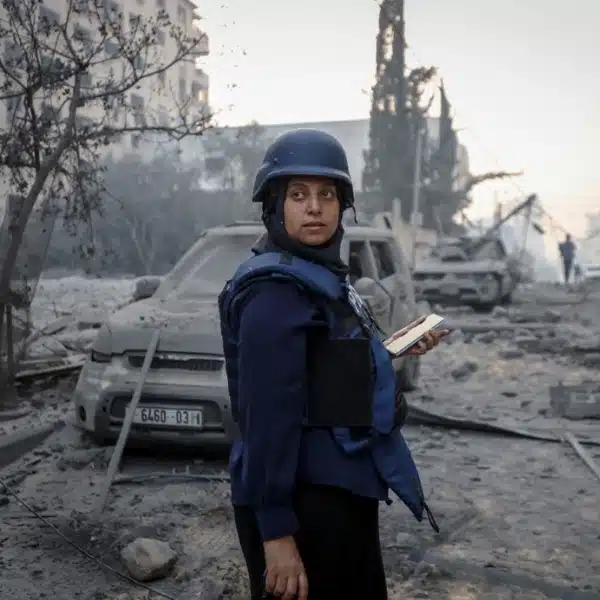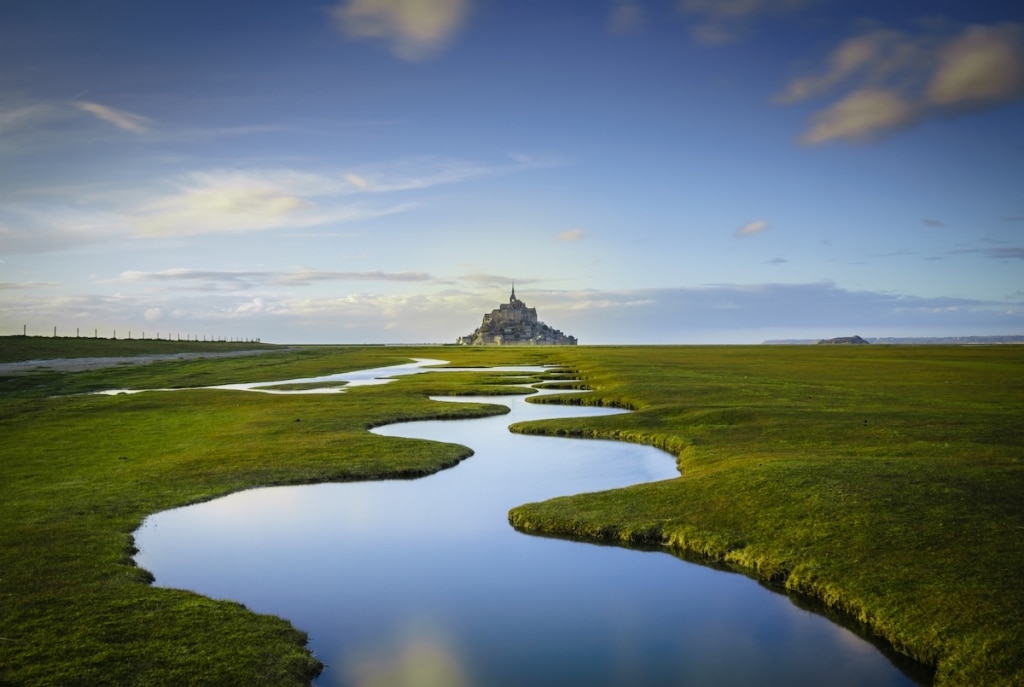
“Mont Saint-Michel” by Daniel Burton. Overall winner. “Les Méandres: The medieval island commune of Le Mont Saint-Michel sits off the northwestern coast near the border between Brittany and Normandy in France. It is one of the most recognizable and visited historical landmarks in the region. The surrounding bay provides more peace, however. This photograph, taken during the spring tide in early March 2018, shows the curious land formations known locally as Les Méandres. The channels fill up in late afternoon and reflect the setting sun to create a mirror pool effect.”
In just its second year, the Historic Photographer of the Year contest is already attracting attention with top-notch entries by international photographers. Organized by TripHistoric, in partnership with History Hit TV, the contest celebrates the best historic cultural sites in the world. Whether the photographers capture well-worn places like the Taj Mahal or obscure gems like the Castle of Sammezzano, the results are mesmerizing.
The 2018 overall winner, Daniel Burton, took home top prize for his stunning photograph of the French medieval island commune Mont Saint-Michel. Using a wide angle to create a composition that draws viewers into what appears like a magical space, Burton's image dazzled the panel of expert judges. For the first time, awards were also given out in two special categories honoring the best Ancient History and English History photographs. Mark Edwards' incredible photo of the surreal Red Sand Forts won the English History prize, while David Ross' image of Scotland's Callanish Stone Circle at sunset topped the Ancient History category.
“Historic and cultural sites are among the most picturesque places on the planet and the very best shots demand not only time and patience but also a willingness to get off the beaten track and frame their place in history in a unique and personal way,” says historian Dan Snow of History Hit TV. “This year's winning entries and submissions perfectly showcase just how stunning the history all around us can be and will doubtless encourage people to get out there and see these amazing places for themselves.”
Beyond inspiration, the photographs also provide a poignant reminder that we shouldn't take our historic and cultural destinations for granted. It's a point made clearly by David Lyon's photo of the Temple of Bel in Palmyra, Syria. Founded in 32 CE, the Mesopotamian temple has unfortunately been destroyed during the ongoing conflict in Syria. Beyond hopes of eventual reconstruction, photographs are the remaining precious means of documentation for the historic monument.
The Historic Photographer of the Year contest celebrates the best historic places and cultural sites around the globe. Take a look at this year's winners.
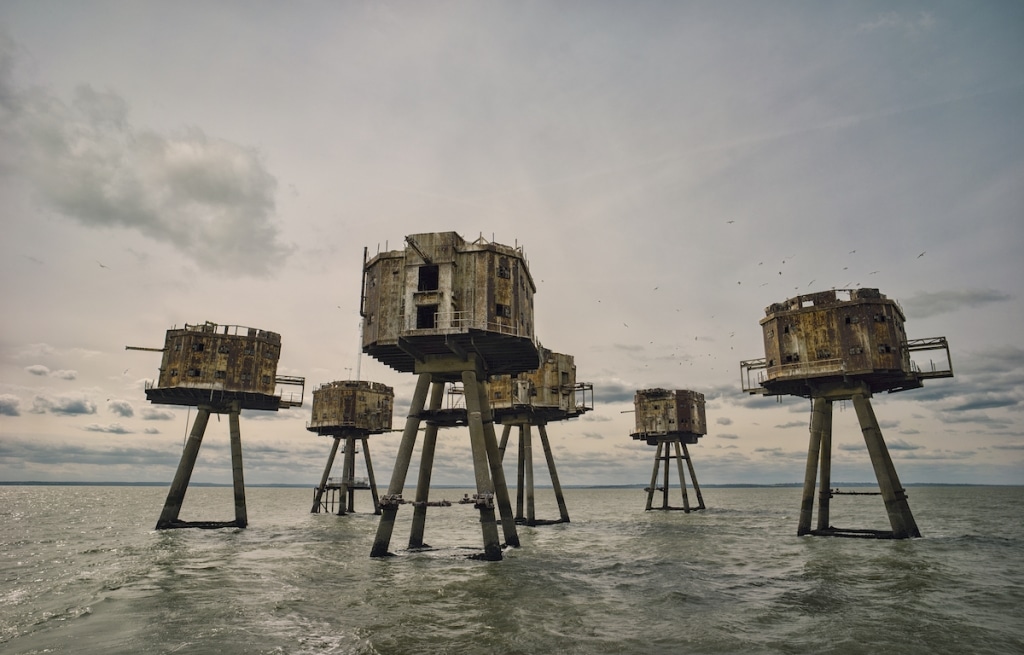
“Red Sands Sea Forts, Thames Estuary” by Mark Edwards. Winner, English History. “Red Sands Sea Forts: Part of the WW2 fortification of Great Britain. These forts were built to aid the protection of London from air attacks in WW2.”
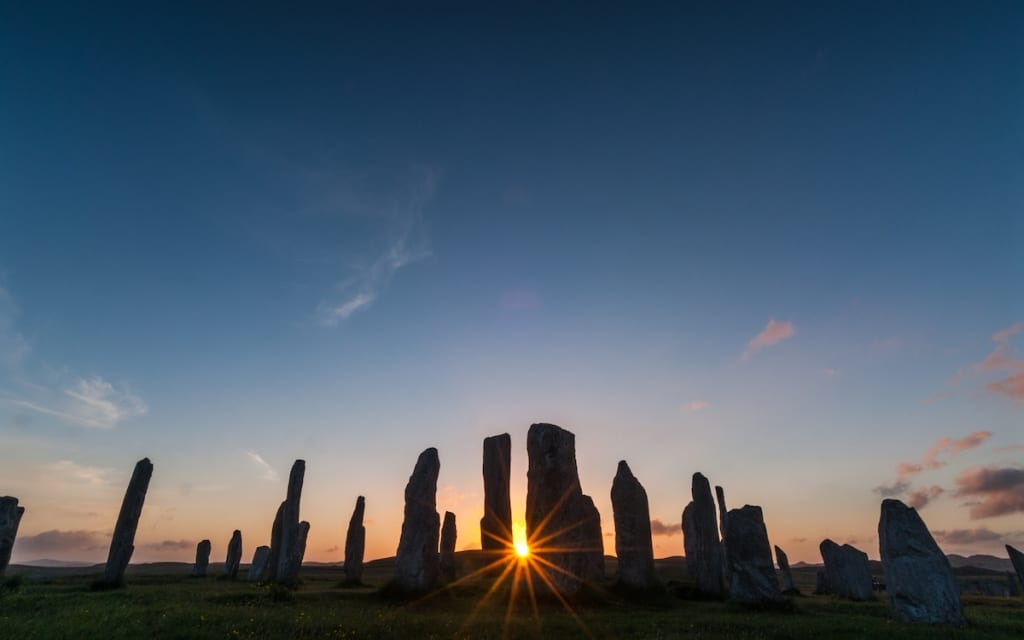
“Callanish Stone Circle, Isle of Lewis, Scotland” by David Ross. Winner, Ancient History. “I've always loved the atmosphere of prehistoric sites, and I made a special trip to the Isle of Lewis in the hopes of good weather to photograph the stone circle at Callanish. To say I was lucky is an understatement! My first evening on Lewis was clear and there was no one else visiting the stones. I was able to catch this photo just before the sun sank below the horizon. It was a magical moment and one that I will always treasure.”
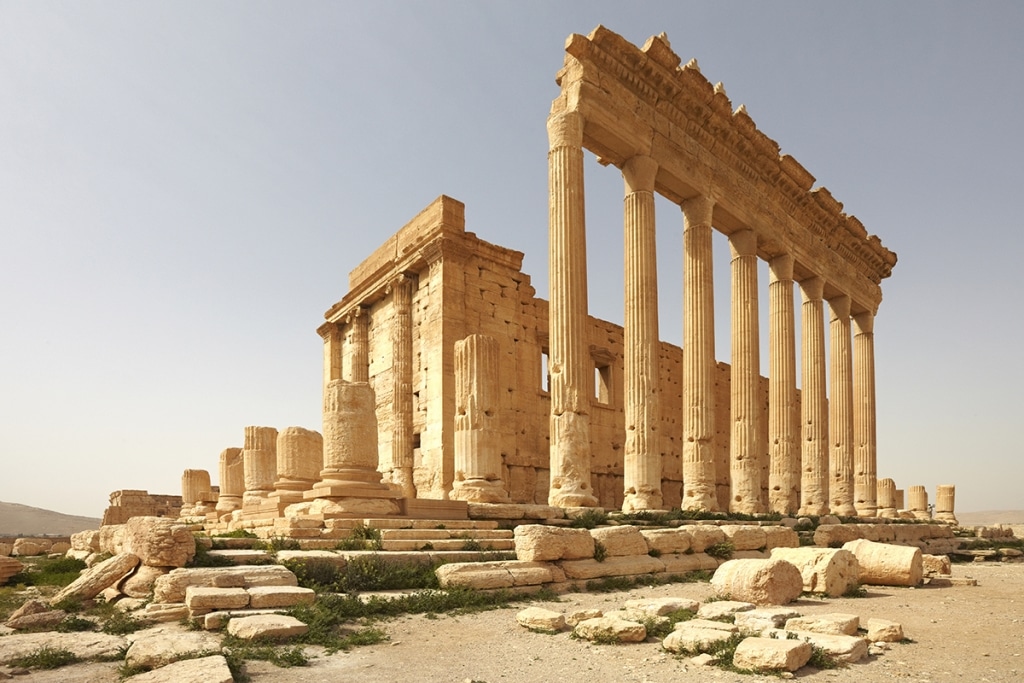
“Palmyra, Temple of Bel, Syria” by David Lyon. Shortlisted, Ancient History. “Syria Palmyra temple of Bel before its destruction in the conflict.”
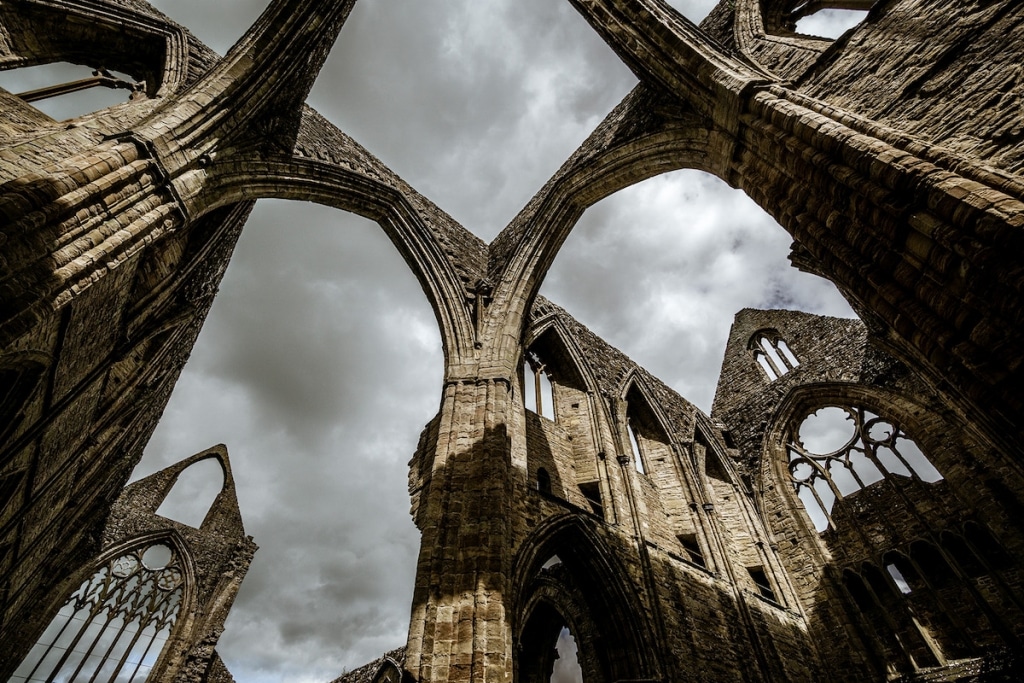
“Tintern Abbey” by Mike Kitchingman. Shortlisted. “Tintern Abbey, a Cistercian Abbey on the banks of the river Wye built in 1131. All that remains today is the shell of the abbey which was victim to Henry VIII's dissolution of the monasteries. But, nevertheless, as I walk through and look up, it still enthralls me with its majesty, the high arches reaching for the heavens, its skeletal remains losing none of their grandeur.”
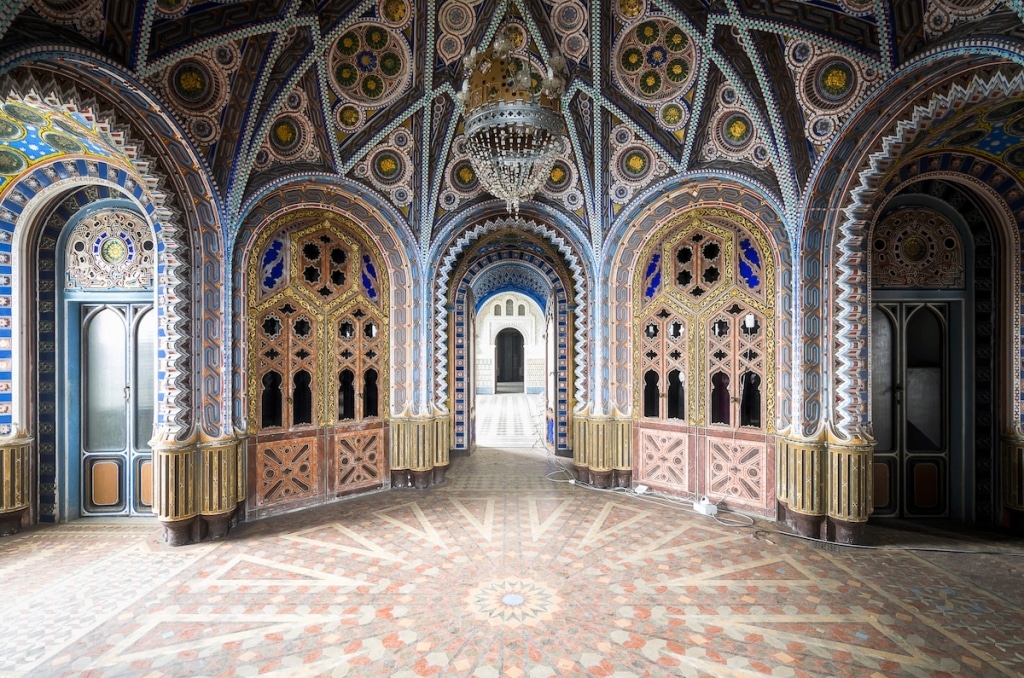
“Castle of Sammezzano, Italy” by Roman Robroek. Shortlisted. “The Castle of Sammezzano is a rare example of eclectic and Moorish architecture in Europe. Over the second half of the 19th century, this formerly medieval castle was transformed into a fine example of the Orientalist fashion by Marchese Ferdinando Panciatichi Ximenes d’Aragona. Ferdinando was influenced by several Eastern trends, focusing on two particular styles: Arabic-Moorish, with its white “intertwined ropes” of stucco, and Indo-Persian, characterized by strong polychromatic colors. Following the Second World War, the castle became a luxury hotel. However, for over 25 years the site has been unoccupied and neglected with its ownership remaining insecure. As a result, broken windows have gone unmended and leaking roofs unrepaired, which in turn led to severe water damage and major deterioration of the fabric of the building. The lack of security has laid the site bare to thefts and vandalism.”

“Dunluce Castle” by Glenn Miles. Shortlisted. “The iconic Dunluce Castle is situated on the north Antrim coast of N.Ireland. The first castle was built here in the 13th century by Richard Og De Burgh 2nd Earl of Ulster. The first written records state that it was in the hands of the Mc Quillan family in 1513. They were replaced by the Macdonnels in the 16th century after losing two battles against them. In 1584, on the death of James Macdonnel 6th chief of the clan Macdonnal of Antrim, the Antrim glens were seized by Sorley boy MacDonnel who was one of his younger brothers. Sorley boy took the castle for himself. He swore allegiance to Queen Elizabeth 1st and his son Randel was made 1st Earl of Antrim by King James 1st. in 1588 the Spanish warship the Girona sank off Lacada point near the giants causeway and the cannons were rescued from the ship and installed in the gatehouse of the castle and the rest of the cargo sold for improvements to the castle. Dunluce Castle served as the seat of the Earl of Antrim until the impoverishment of the Mac Donnels in 1690 following the Battle of the Boyne. The castle fell into ruins since that time but parts remain intact to this day and it is visited by thousands of tourists every year. There are lots of legends and tales about the castle and more information is widely available on the internet.”
From ancient temples to World War II fortifications, photographers captured each historic site with an artistic eye.
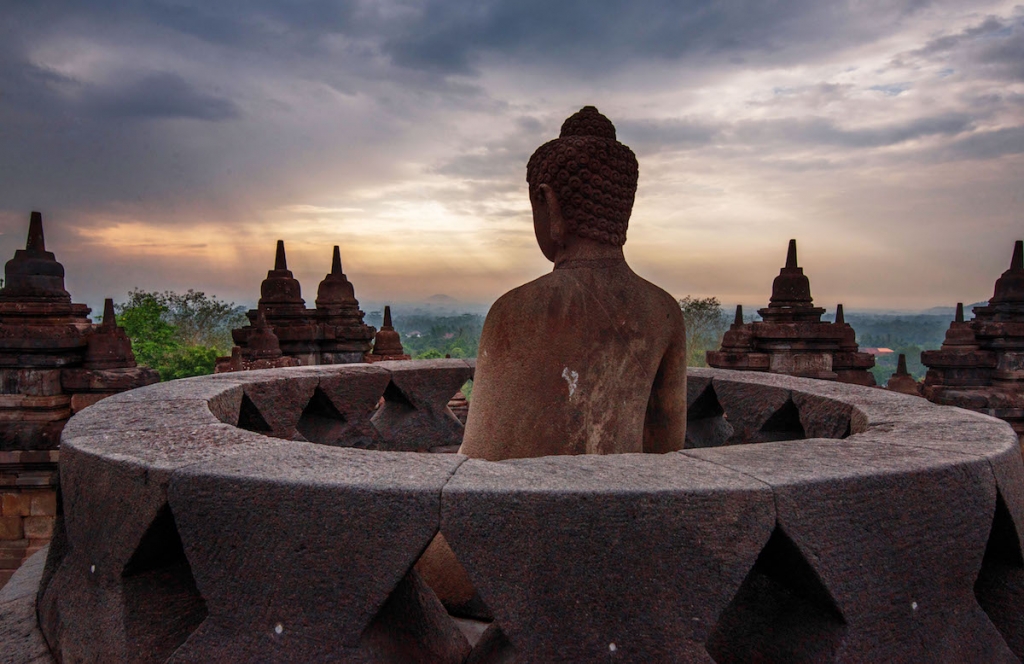
“Buddha of Borobudur, Java, Indonesia” by Sirsendu Gayen. Shortlisted. “Located in central Java, Indonesia, this is the largest Buddhist monument in the world. The Borobudur Temple was built in the 8th and 9th centuries by Java's Shailendra Dynasty, when it became a major Buddhist pilgrimage site. The temple demonstrates the influences of Gupta art that reflects India's influence on the region, yet there are enough indigenous scenes and elements incorporated to make Borobudur uniquely Indonesian. The monument is a shrine to the Lord Buddha and a place for Buddhist pilgrimage. The pilgrim journey begins at the base of the monument and follows a path around the monument, ascending to the top through three levels symbolic of Buddhist cosmology: Kāmadhātu (the world of desire), Rupadhatu (the world of forms) and Arupadhatu (the world of formlessness).”
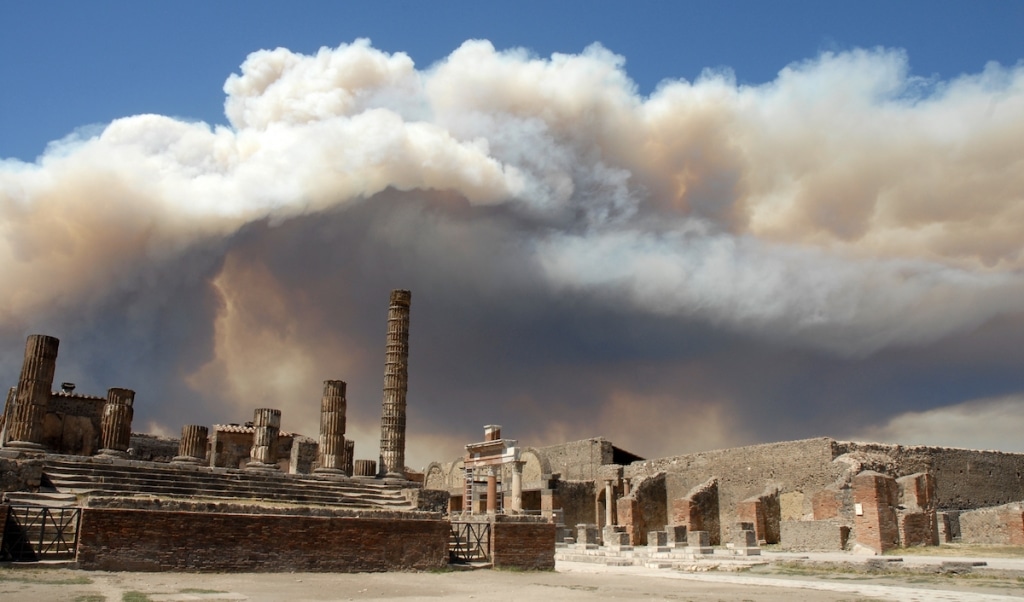
“Pompeii, Italy” by Juan Pablo Lasterra. Shortlisted. “Dense smoke clouds produced by a forest fire in mount Vesuvius hang over the ruins of Pompeii, Italy.”
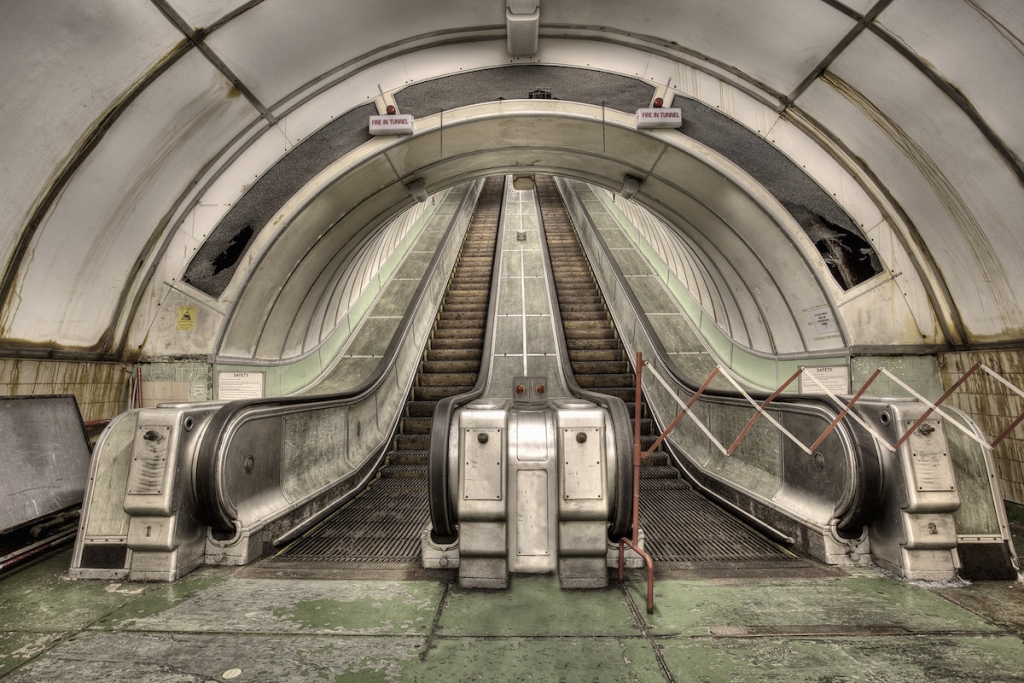
“Tyne Pedestrian Tunnel, Newcastle Upon Tyne” by George Ledger. Shortlisted, English History. “Taken in the Tyne Pedestrian and Cyclist Tunnel in Newcastle (currently closed for alterations). This shows a wooden escalator, which is reputably the longest wooden escalator in the world.”

“Pripyat, Chernobyl, Ukraine” by Dave Searl. Shortlisted. “Thirty years after the Chernobyl nuclear disaster, this photo was taken in January 2016, in the ghost town of Pripyat, formerly home to almost 50,000 Chernobyl workers and their families.”
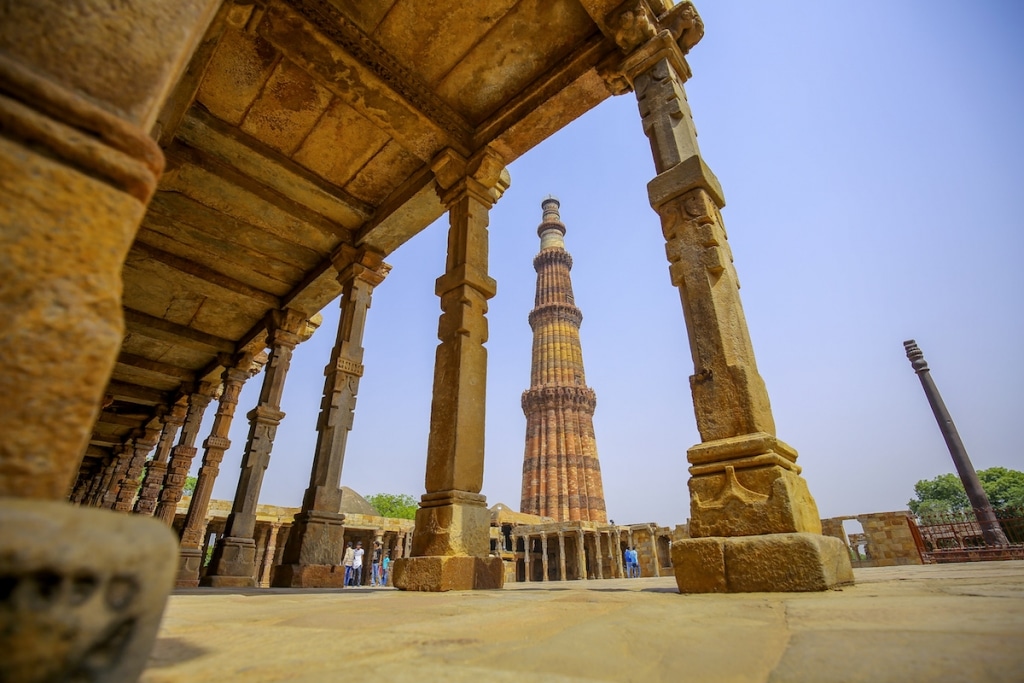
“Qutb Minar” by Jayesh Vijuda. Shortlisted. “Qutb Minar (also called Qutub Minar or Qutab Minar) is a famous Indian historical monument and the second tallest minaret in India. Qutb Minar is 73 m tall and built in the Indo-Islamic architectural style. It has been added to the UNESCO World Heritage Site.”
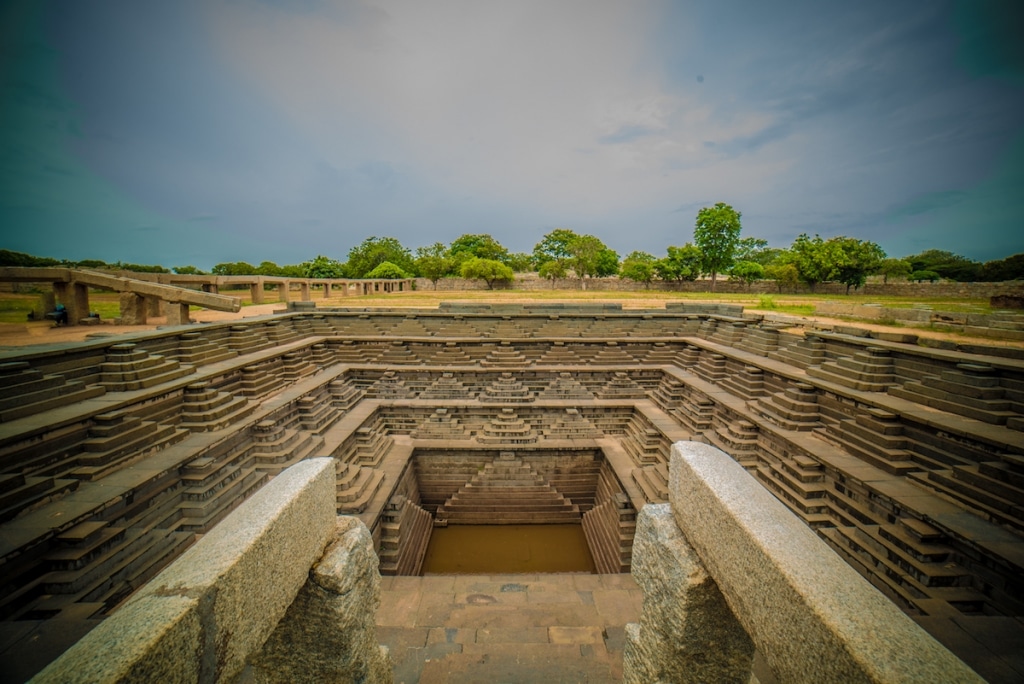
“Hampi, Karnataka, India” by Jwalakotesh. Shortlisted. “Hampi is one of world's UNESCO heritage sites and an architectural wonder of the world. The majestic Queens Bath is historical and ancient.”
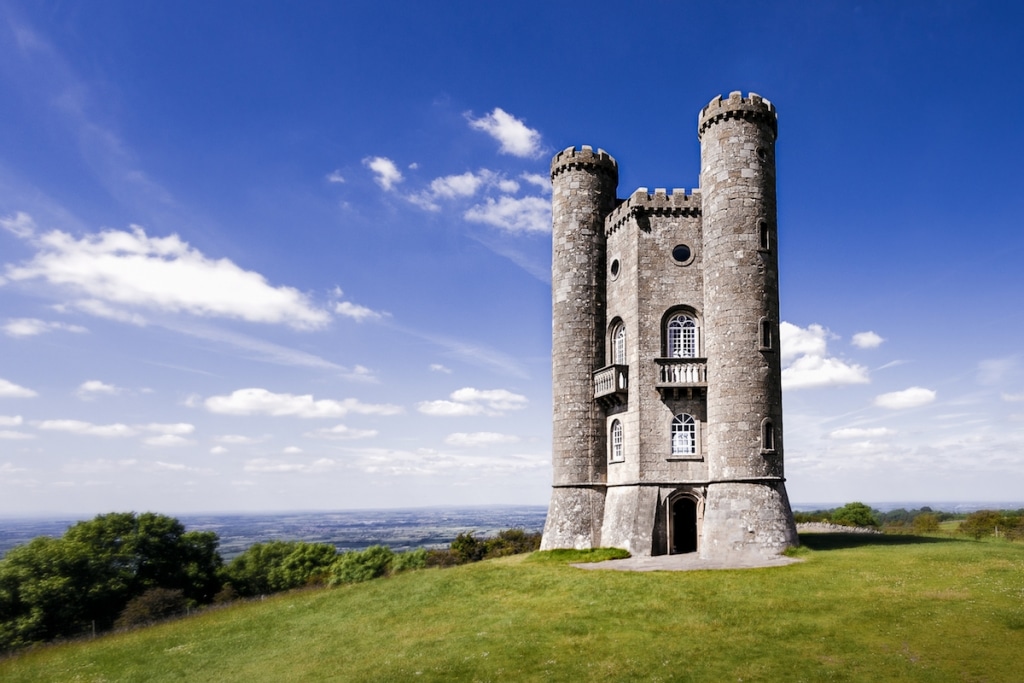
“Broadway Tower, Chipping Campden” by Ellie. Shortlisted. “The view from Broadway Tower on a clear day is beautiful—rolling hills, lush English countryside, and you can see across 16 counties.”
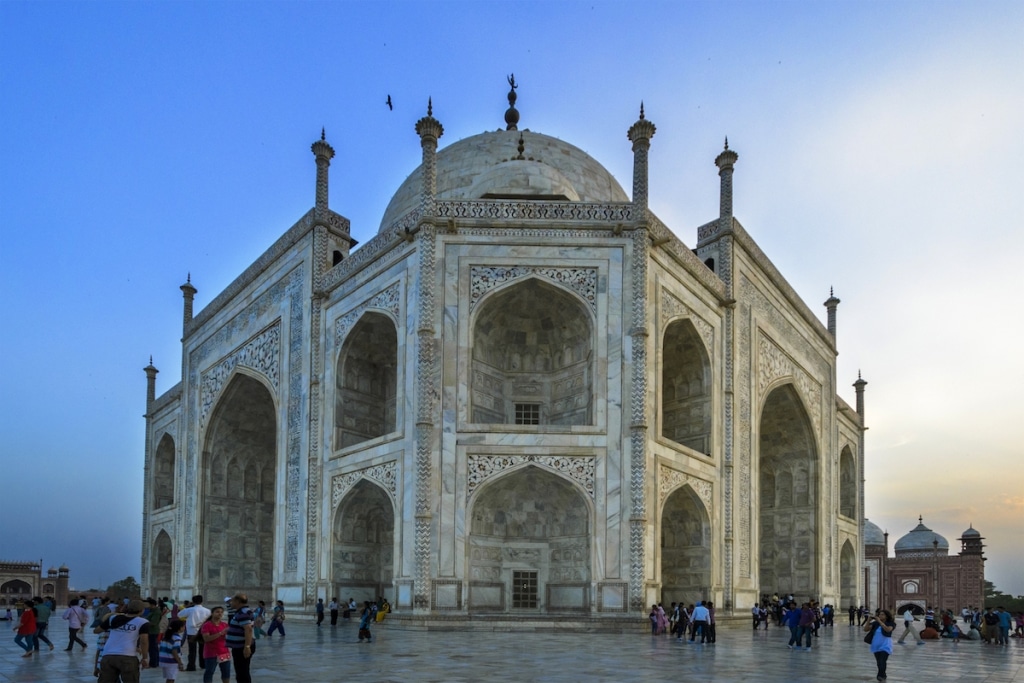
“Taj Mahal, Agra, India” by Amitava Chandra. Shortlisted. “The Taj Mahal is an ivory-white marble mausoleum on the south bank of the Yamuna river in the Indian city of Agra. The present image is from the backside.”

“Santa Catalina Arch, Antigua, Guatemala” by Daniel Burton. Shortlisted. “Arco: The Santa Catalina Arch in Guatemala’s city of Antigua is an icon of a lost colonial masterpiece. The city was founded by conquistadors in 1543 and later become one of the most celebrated in the Spanish Indies. It lies in the shadow of Volcan Agua, but a series of brutal earthquakes decimated the settlement, causing its abandonment in 1773. Antigua Guatemala lay in ruins until it was declared a national monument in 1944. It is now the darling of the tourist trail, and the arch its centerpiece.”
See more shortlisted entries in the Historic Photographer of the Year online gallery.
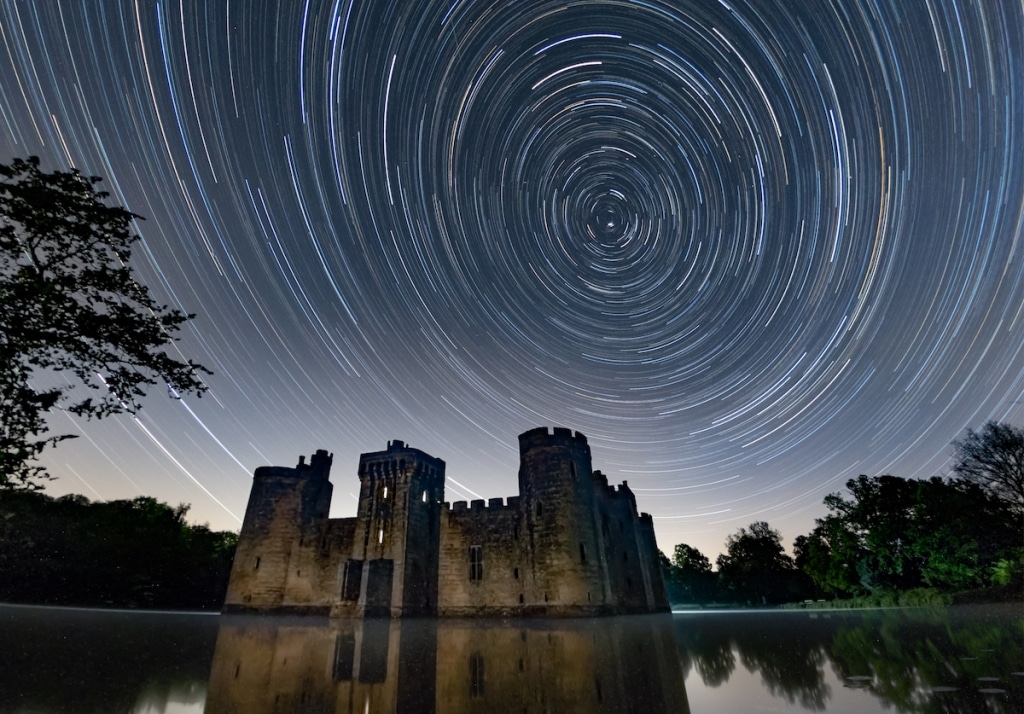
“Bodiam Castle” by Jasmine Pope. Shortlisted. “Bodiam Castle has always fascinated me and I wanted to capture the castle at night when it is not often seen by the general public. Built in 1385 the castle was once a symbol of Britain’s defense and power, however, after the civil war, the castle is now just a shell with only the outer walls remaining. To create the image I set up my camera to take several images over the course of 3 hours. In post processing, I stacked the images to create the star trails seen above the castle.”
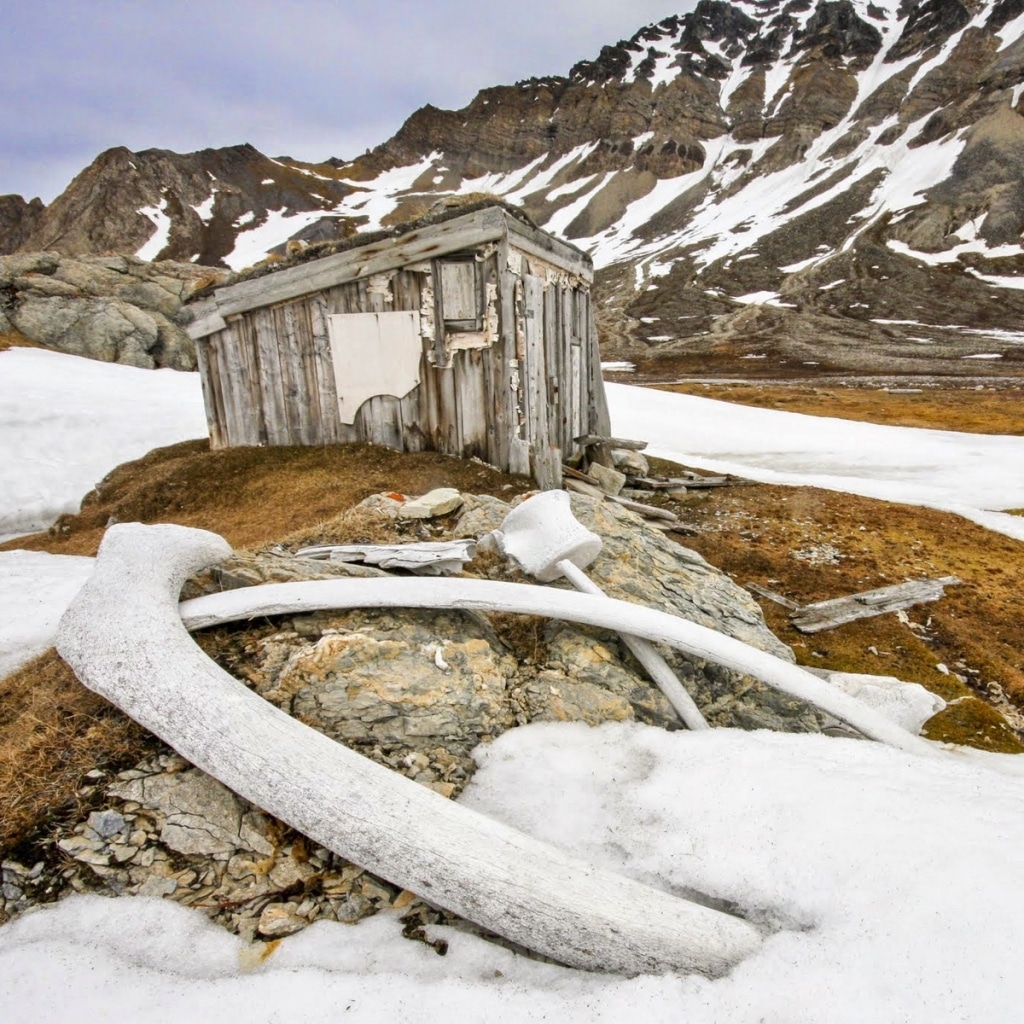
“Whaler's Hut, Svalbard, Norway” by Chris Dobbs. Shortlisted. “Whaling for blubber and oil was widespread in Svalbard from the 17th century, mainly by the British and Dutch. Due to the low temperatures some original huts from the period have survived completely intact and are now protected monuments. The sites are extremely fragile and must not be too closely approached, here featuring whale vertebrae and rib bones.”
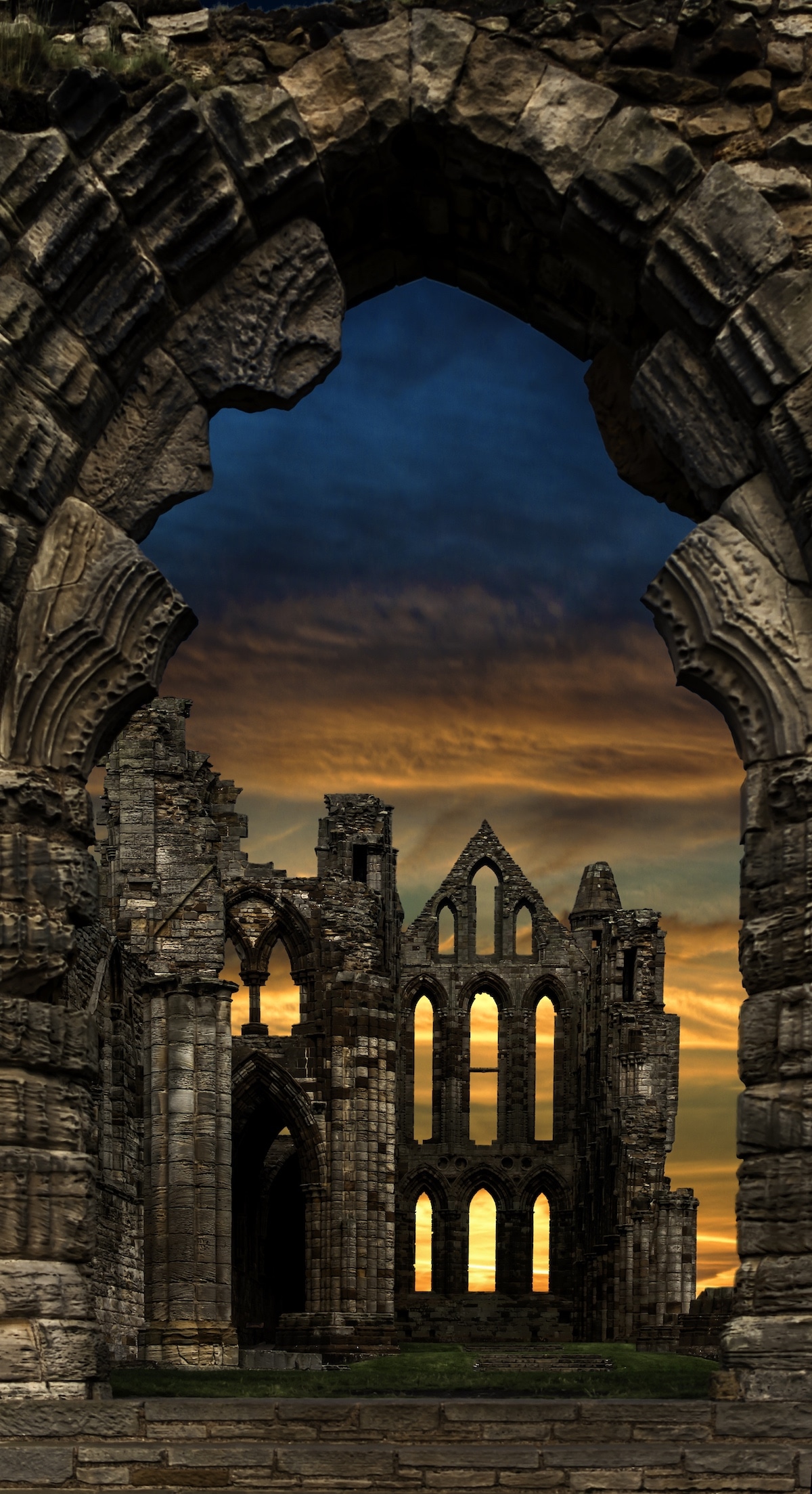
“Whitby Abbey” by Alan Baxter. Shortlisted. “This photograph was taken in the ruins of the eighth century abbey of St. Hilda's in Whitby, Yorkshire, when I was there on holiday a few years ago. In order to get the exposure I wanted, I took two shots – one exposed for the masonry, the other for the sky—and merged them in Photoshop.”
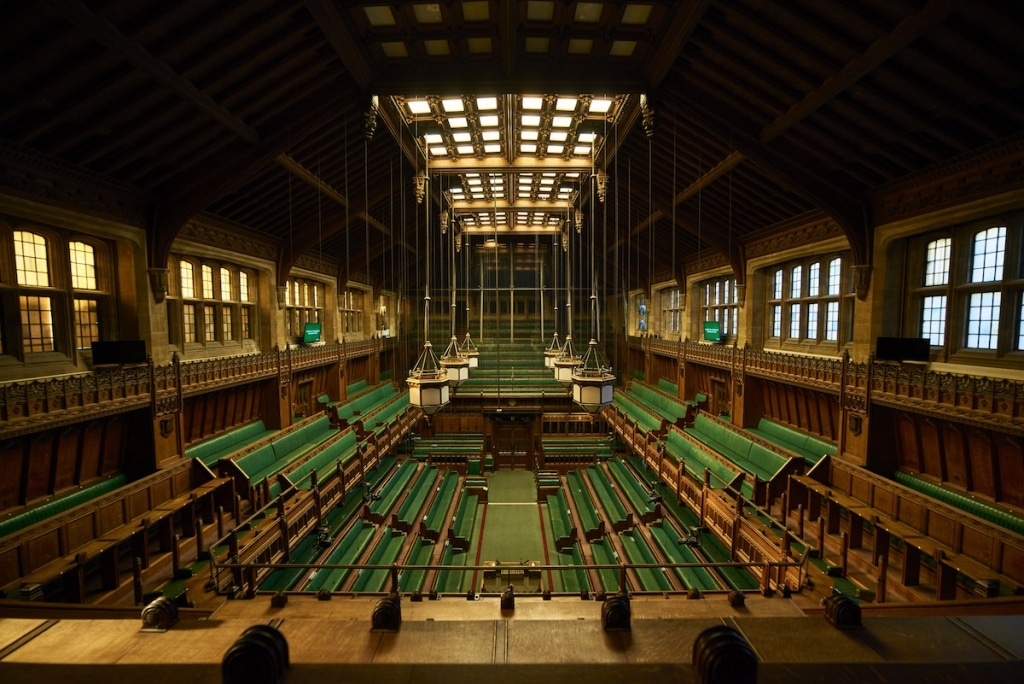
“House of Commons Chamber, Westminster Palace” by Tim Banting. Shortlisted. “A unique view of the House of Commons Chamber, Westminster Palace from the Press Gallery above the Speaker’s Chair. Taken as a record of the Chamber as it stands today and used as a comparative to the identical positioned photograph by Sir (John) Benjamin Stone who photographed the Palace from 1889.”
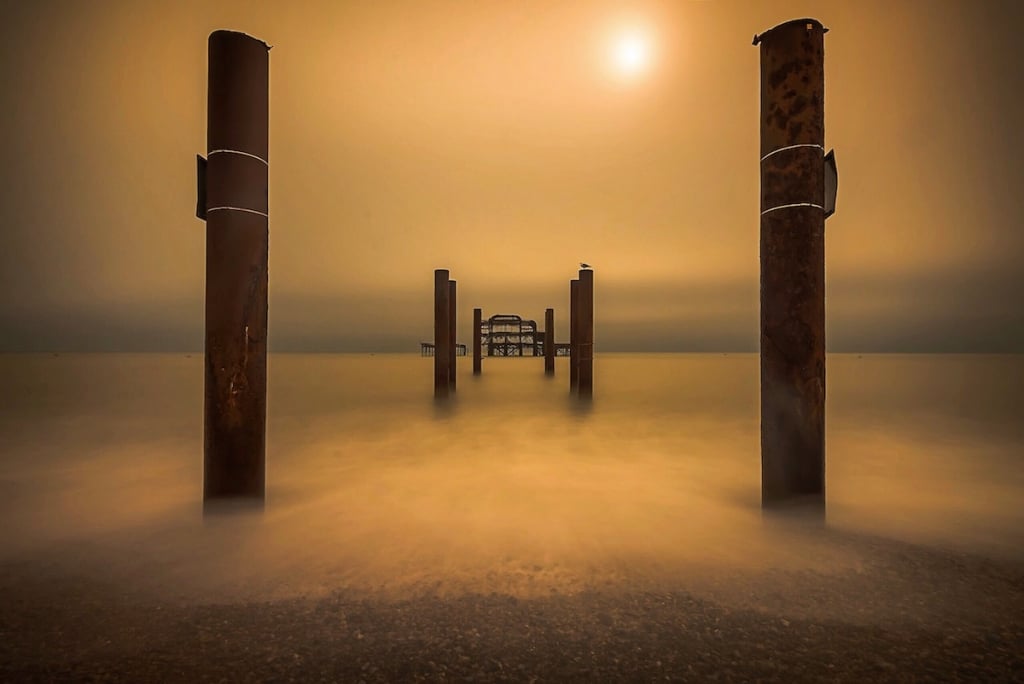
“West Pier Ruins, Brighton” by Ben Nazarko. Shortlisted. “This iconic pier sadly tells of past glories but remains the main focal point of Brighton Beach.”




















































































